#1 in Vietnam
Popular Cà Phê Đá Variations
Cà Phê Đá: Ingredients and Preparation
Main Ingredients
Main Preparing Method
Preparation Process
Cà Phê Đá: A Deep Dive
Cultural Significance
Taste
Texture
Aroma
Color
Serving Style
Serving Temperature
Accompaniment
Occasions
Calories
Popularity
Popular Similar Drinks
- Oliang
- Frappé Coffee
- Shakerato
- Mazagran
- Cuban Espresso
- Indian Filter Coffee
- Kopi
Popular Dining Area
Cà phê đá, or Vietnamese iced coffee, is a beloved coffee recipe originating from Vietnam. It is known for its strong and bitter flavor as the drink is traditionally made with dark roast Robusta coffee beans.
The coffee is brewed with hot water through a metal drip filter called a “phin” in Vietnamese. Once the coffee has dripped through, the resulting drink is a concentrated brew.
Cà phê đá is often sweetened with condensed milk to increase the sweetness and creamy texture. Some locals also like to add sugar instead of condensed milk. Finally, add ice and give it a good stir before enjoying.
Today, Vietnam is a big coffee exporter in the world, particularly known for its Robusta beans. The coffee culture in this country has been significant since the introduction of coffee in the 19th century.
Beyond learning coffee history, you’ll also have a closer look at cà phê đá ingredients, its variations, how to enjoy it like a Vietnamese, and how to prepare this coffee recipe without a filter. In case you want to enjoy the authentic taste of cà phê đá, I’ll offer some of the best brands of Vietnamese coffee to try out!
Lastly, don’t skip some advantages and disadvantages of cà phê đá and how it is distinctive from the iced coffee in Thailand, the neighboring country of Vietnam. There are other related concerns about cà phê đá that you shouldn’t miss either. Continue the reading for deeper information!
Key Points
Cà Phê Đá Images
What Is The History Of Cà Phê in Vietnam?
Coffee first came to Vietnam in 1857 when the French priest introduced a single Arabica tree. Vietnam’s coffee trade didn’t truly flourish until the 1987 ‘Doi Moi’ economic reforms.
In the 2020 Report of Statistics, Vietnam ranked as the world’s second-biggest coffee producer, contributing to about 20% of global coffee output, emphasizing Robusta coffee beans.
Furthermore, according to the USDA annual report, for the Vietnam coffee market in 2021/2022, production was revised up to 31.58 million bags, with exports reaching 27 million bags, while the 2022/23 forecast anticipates production of 30.93 million bags and exports of 26.65 million bags.
So, it is clear to see that the coffee industry and coffee-drinking culture of Vietnamese citizens are significant. Moreover, the coffee culture was influenced by the French during their colonial period in the country. And because of the scarcity of fresh milk at this time, sweetened condensed milk became a beloved component in Vietnam-style coffee.
What Is the Ingredient in Cà Phê Đá?
Cà phê đá primarily uses Robusta beans, making it distinct from other iced coffee variations around the world. These beans have a stronger, more bitter taste than the more commonly used Arabica beans in other coffee-based drinks in Western countries.
Moreover, cà phê đá is typically sweetened with condensed milk instead of fresh milk or cream, giving it a sweeter flavor. The coffee-based version with condensed milk is called Cà phê sữa đá.
What Are Variations of Cà Phê Đá?
Next to cà phê đá, you’ll find other variations that suit different palates. Vietnamese coffee connoisseurs have created other coffee-based drinks with other components. Some can be enjoyed over ice; some are ideal served hot, each showcasing the regional touches and preferences. Below are some common varieties of Vietnamese iced coffee.
Next, it is essential to enjoy cà phê đá like a true Vietnamese, so read on to see how.
How To Drink Cà Phê Đá Like Locals?
Another aspect that makes cà phê đá stand out from other coffee-based beverages is the way to enjoy it in Vietnam, which is simply demonstrated in five steps:
- Step 1: Select Coffee: Choose a medium to dark roasted coffee. Grind coffee into powder.
- Step 2: Set Up the Filter: Place a Vietnamese metal coffee filter (called phin in Vietnam) over the cup.
- Step 3: Add Coffee: Put the coffee powder into the filter.
- Step 4: Brew: Pour hot water into the filter, and the coffee drips into the cup slowly.
- Step 5: Add Ice: Once the coffee has fully dripped, remove the filter and fill the cup with ice. You can add condensed milk or sugar before adding ice if you prefer a sweeter taste.
In case you don’t have a Vietnam-style coffee filter at home, I’ll show you another way to prepare Vietnamese iced coffee, which is shown in the following section.
How To Make The Best Vietnamese Cà Phê Đá Without A Filter?
I will introduce how to make Vietnamese iced coffee at home without a filter by using a French press if you can’t find a Vietnamese coffee set for an authentic experience.
For making cà phê đá with a French press, here’s how you do it:
- Step 1: Select Coffee: Opt for a medium to dark roasted coffee, preferably Robusta beans. Grind them.
- Step 2: Prepare the French Press: Add the ground coffee to the French press. The general ratio is 1 to 2 tablespoons of coffee for every 6 ounces of water, but you can adjust it based on your preference.
- Step 3: Add Hot Water: Pour the hot water into the French press, and the coffee grounds should be saturated. Place the lid on the press with the plunger pulled all the way up. Let the coffee steep for about 5 minutes.
- Step 4: Press: After steeping, slowly press down the plunger to separate the grounds from the brewed coffee.
- Step 5: Pour Coffee: Pour the brewed coffee from the French press over a clean cup. Add ice or sweetener if desired.
Though there is a substitute tool to make cà phê đá without a filter, you should prepare Vietnamese coffee for the most authentic taste. In the next part, you’ll get to know some of the best brands from the country.
What Are the Best Vietnamese Coffee Brands For Cà Phê Đá?
Here are the three most famous names in selling Vietnamese coffee in Vietnam, shown in the table below.
- Trung Nguyên: Founded in 1996 in Buôn Ma Thuột; Vietnam’s largest domestic coffee brand, exporting to over 60 countries; can purchase its product from Trung Nguyen USA website.
- Highlands Coffee: Founded in Hanoi in 1998; a leading coffee shop chain and producer in Vietnam.
- The Coffee House: Established in 2014 in Ho Chi Minh City; rapidly expanded with over 100 stores across Vietnam by 2018.
Now, let’s uncover the good and not-so-good sides of sipping Vietnam’s iced coffee.
Pros and Cons of Drinking Cà Phê Đá
Pros
Cons
After getting comprehensive information about Vietnam’s iced coffee beverage, let’s compare it with Thai-style iced coffee.
What Are the Differences Between Vietnamese Cà Phê Đá and Thai Iced Coffee?
Below are four main differences between cà phê đá and Thai iced coffee (also known as Oliang), including ingredients, flavor, filter, and serving style.
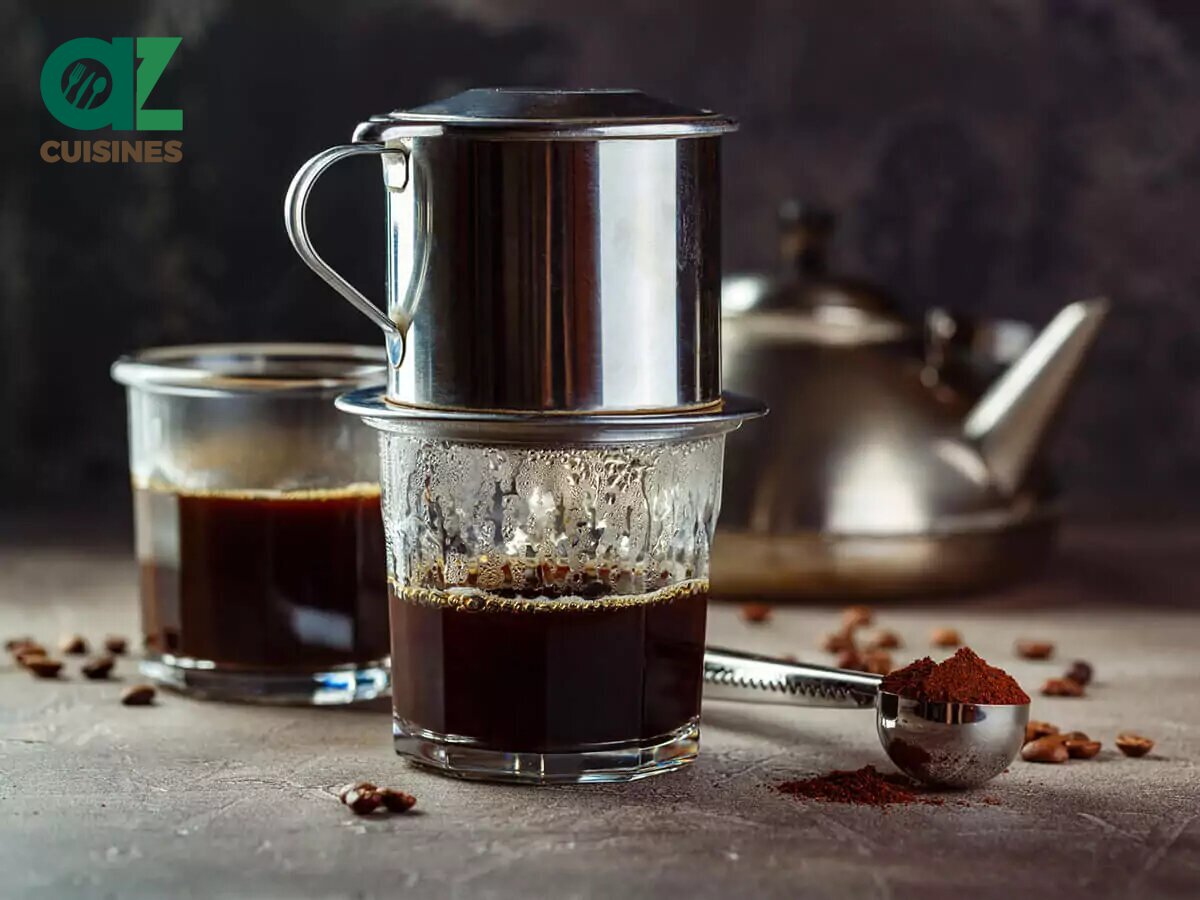
Vietnamese Cà Phê Đá
Ingredients: Dark roasted Robusta coffee.
Flavor: Strong and bitter.
Coffee Filter: Brewed with a coffee drip filter “phin.”
Serving Style: Often stirred with condensed milk or sugar to sweeten; served over ice

Thai Iced Coffee (Oliang)
Ingredients: Robusta coffee ground, brown sugar, grains and seeds (e.g., corn, soybean, sesame seeds, cardamom, and rice).
Flavor: Coffee tastes with smoky notes (from roasted grains and seeds).
Coffee Filter: Brewed with a Thai-style coffee filter “tungdtom” (a cloth bag filter with a metal ring and handle).
Serving Style: Sometimes served with condensed milk or evaporated milk and simple syrup; served over ice
Finally, don’t miss any frequently asked questions regarding this wonderful cà phê đá of Vietnam in the next part.




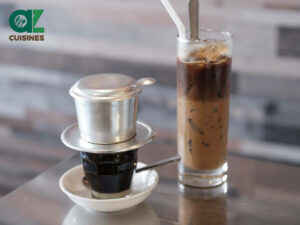

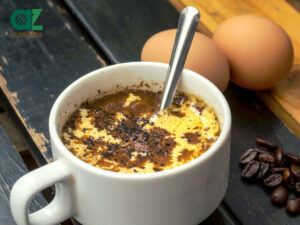
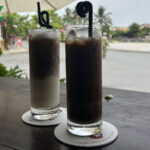
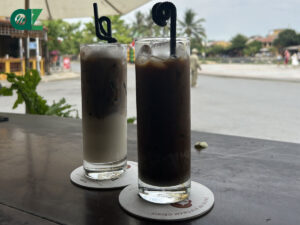
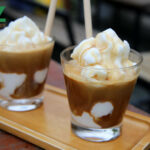

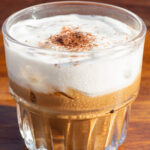
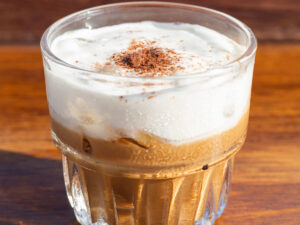

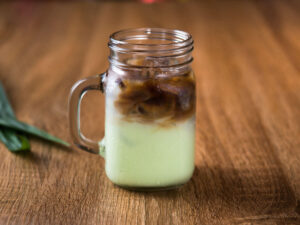

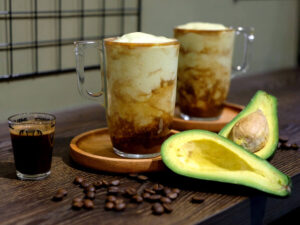


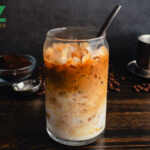
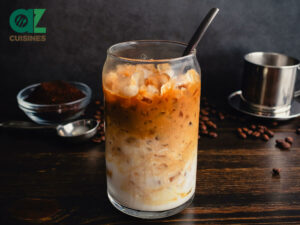

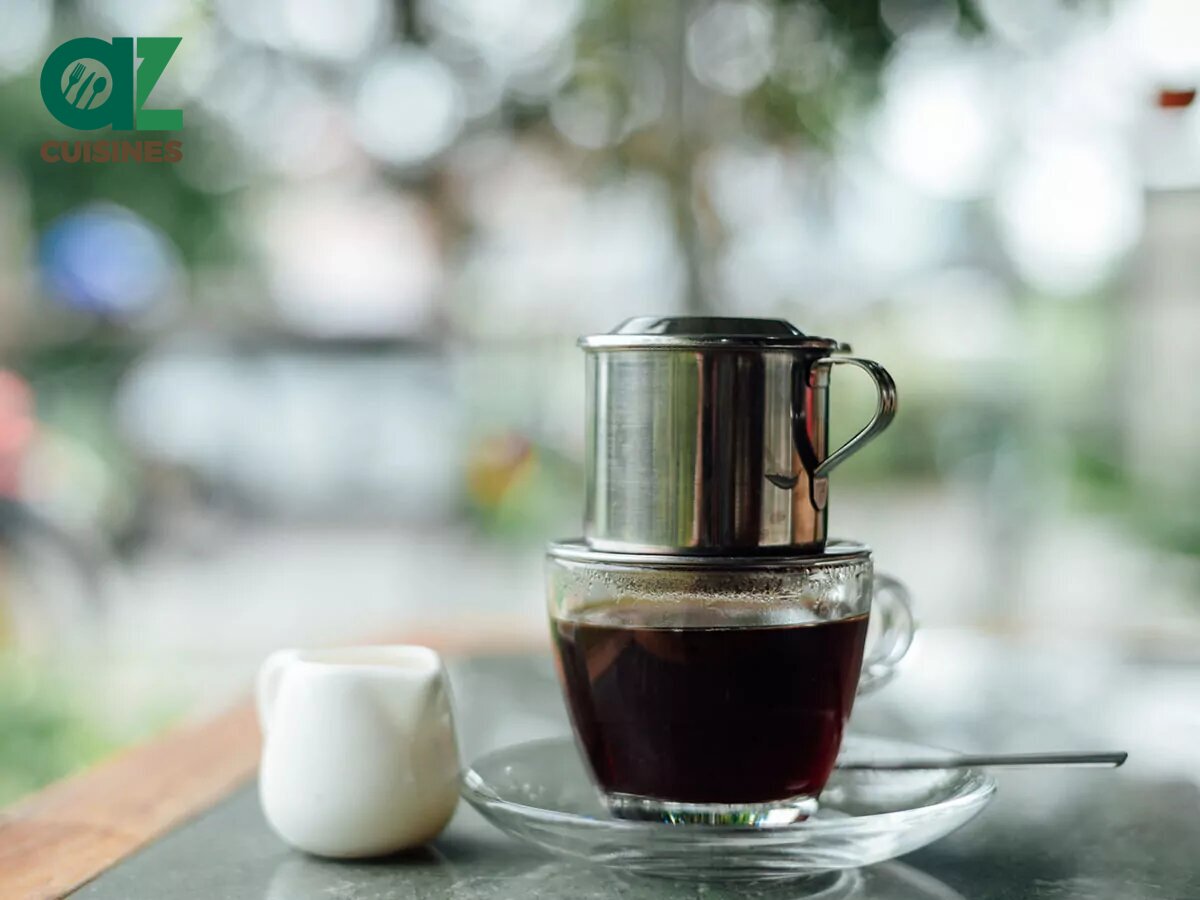

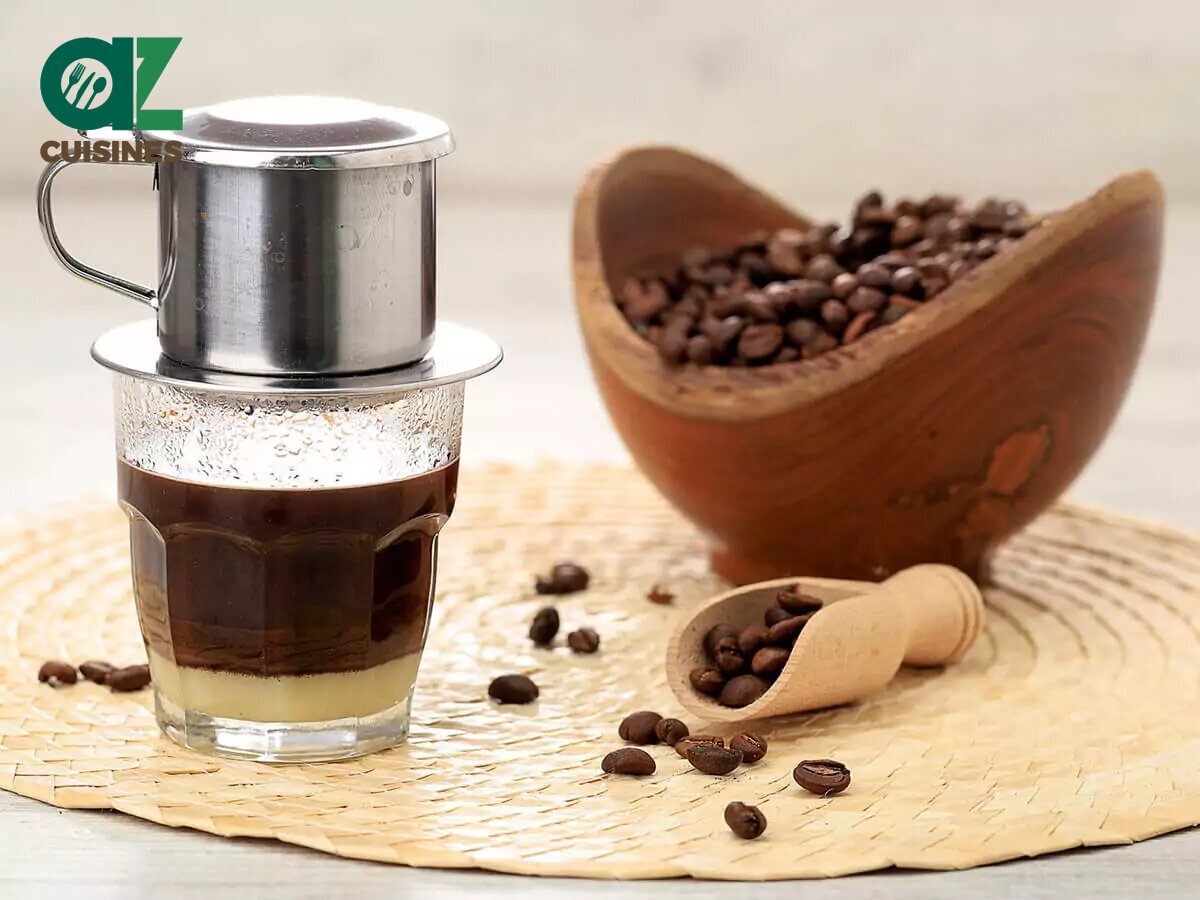
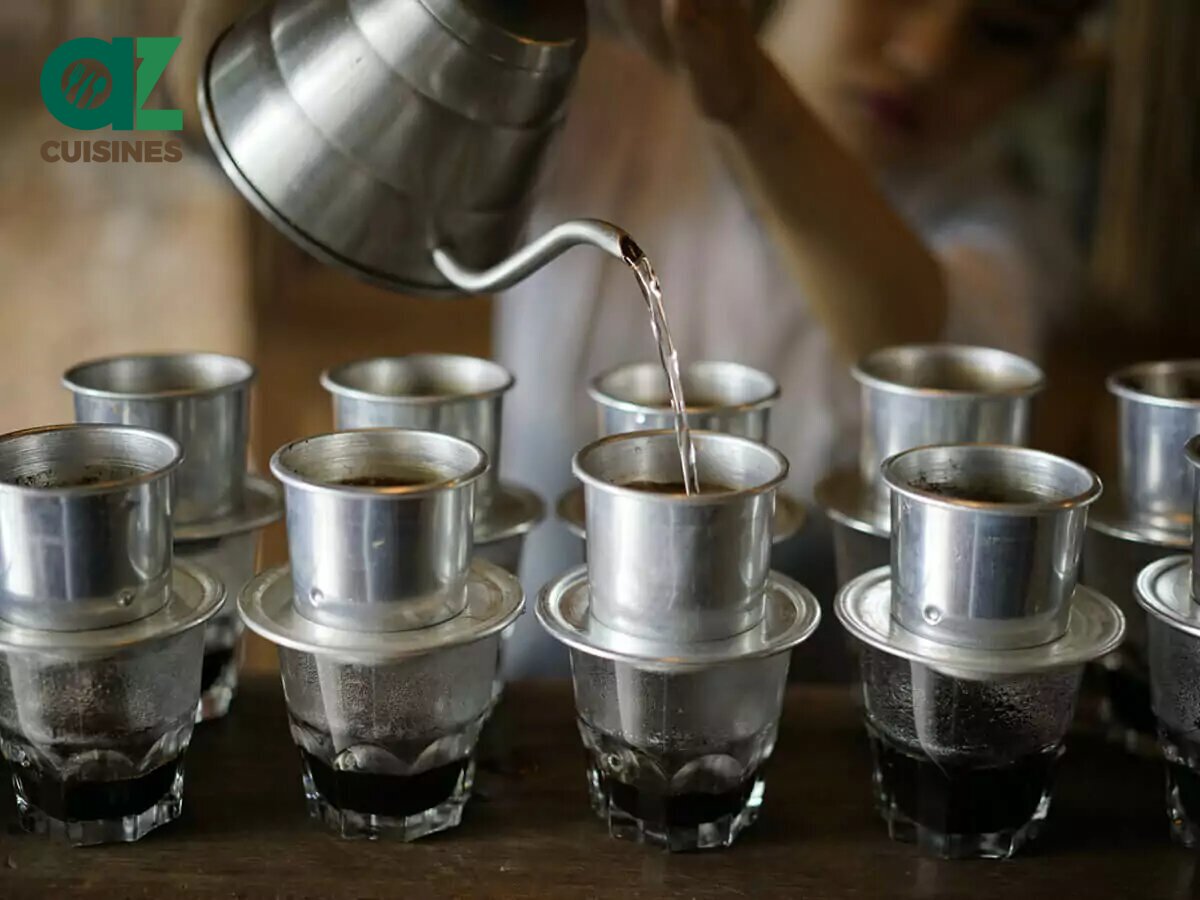
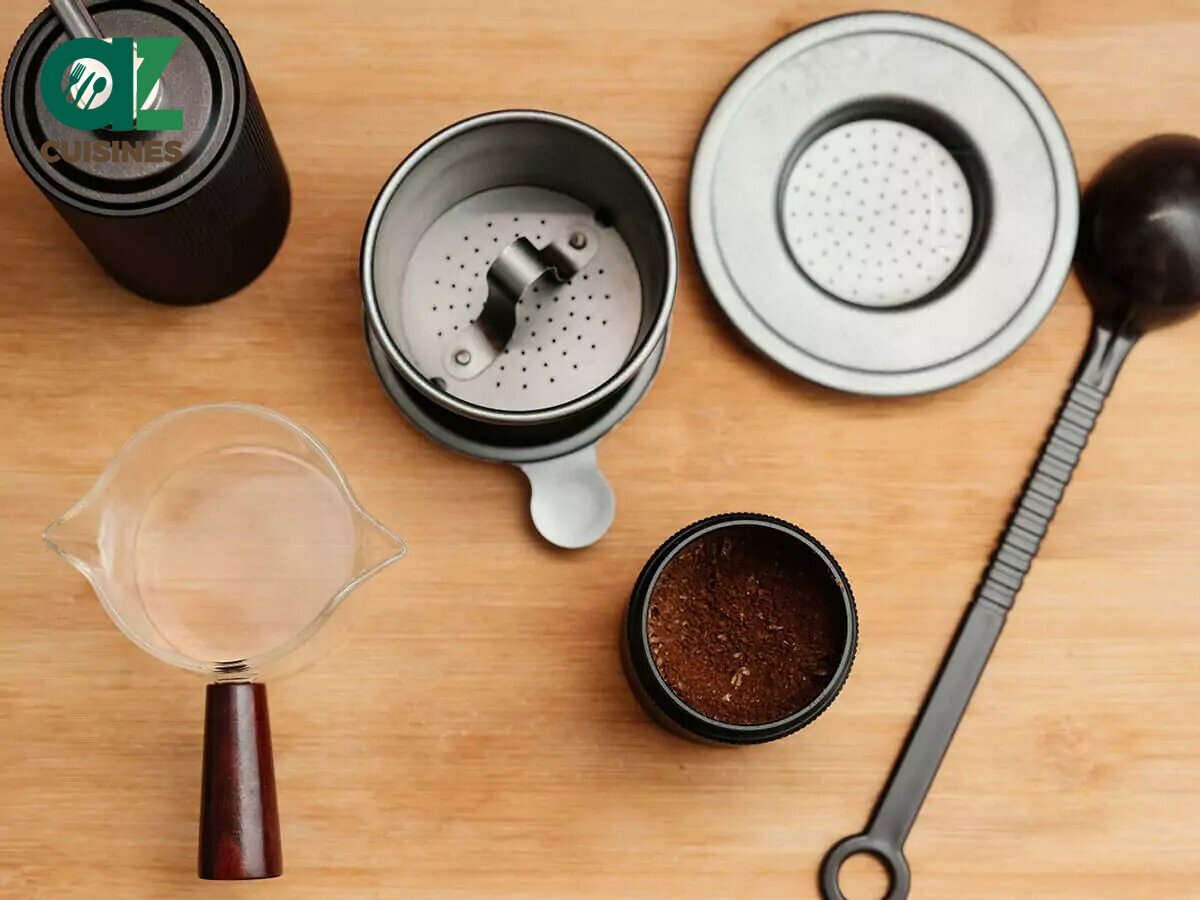
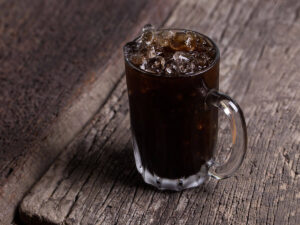



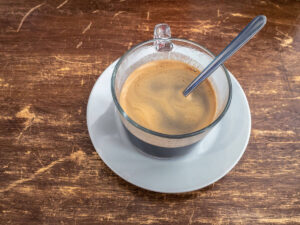
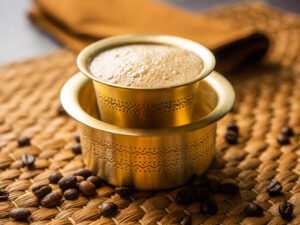

Adam Sam
Senior Food and Drink Editor
Expertise
Food Writer & Recipe Developer, Recipe Tester, Bartender, Cooking-video Maker, Editor In Chief
Education
Adam Sam, an experienced food writer and recipe developer, is passionate about blending diverse culinary traditions, national dishes, and innovative beverages, showcasing his proficiency in both traditional and modern recipe testing.
As the Editor-in-Chief, he elevates culinary content from street food to fine dining, focusing on Western cuisine and types of drinks at azcuisines.com, and is professional in creating engaging cooking videos that simplify complex dishes and ingredients.
His passion for food is evident in his writing, where he uniquely merges various cultures, traditions, and contemporary trends, skillfully combining classic recipes with modern cooking methods.